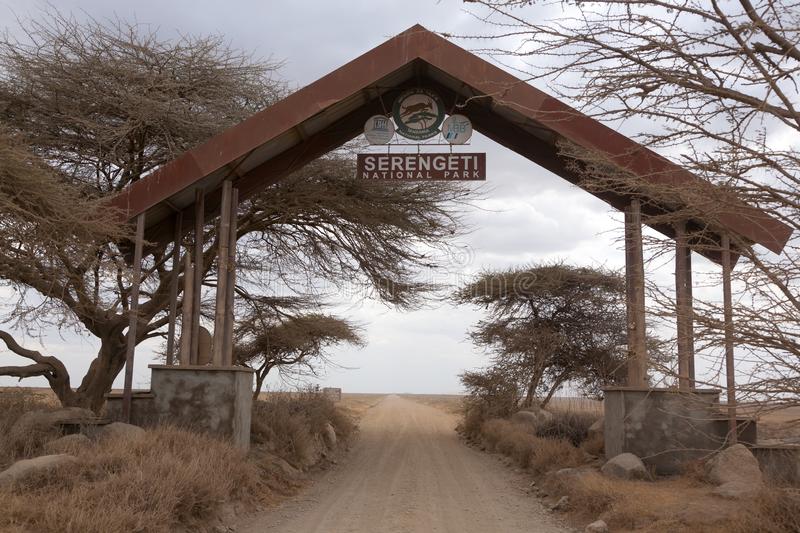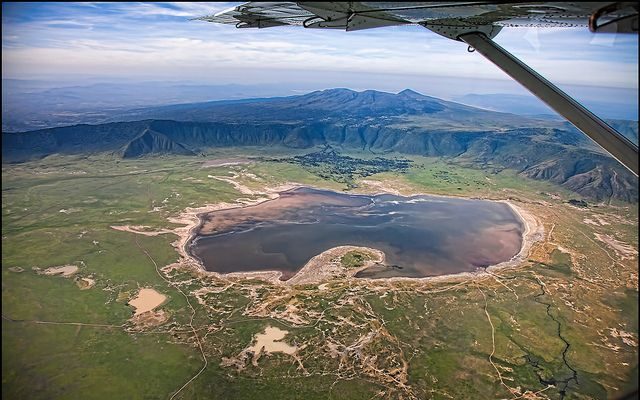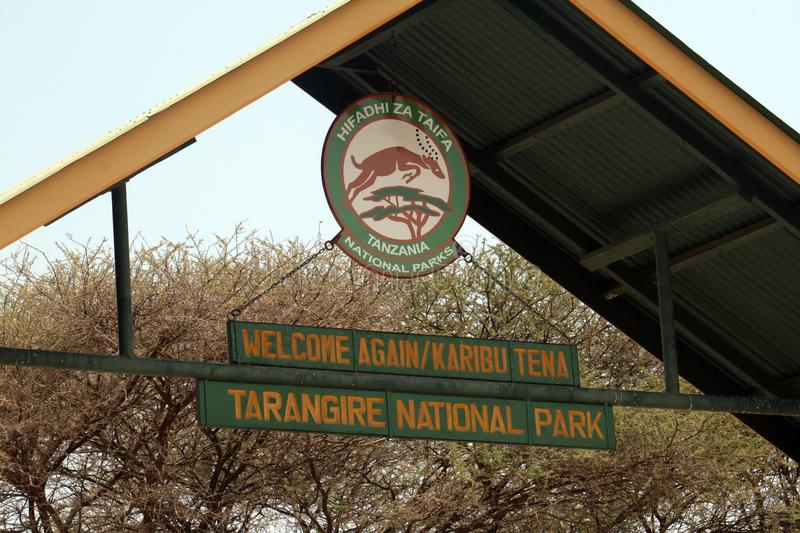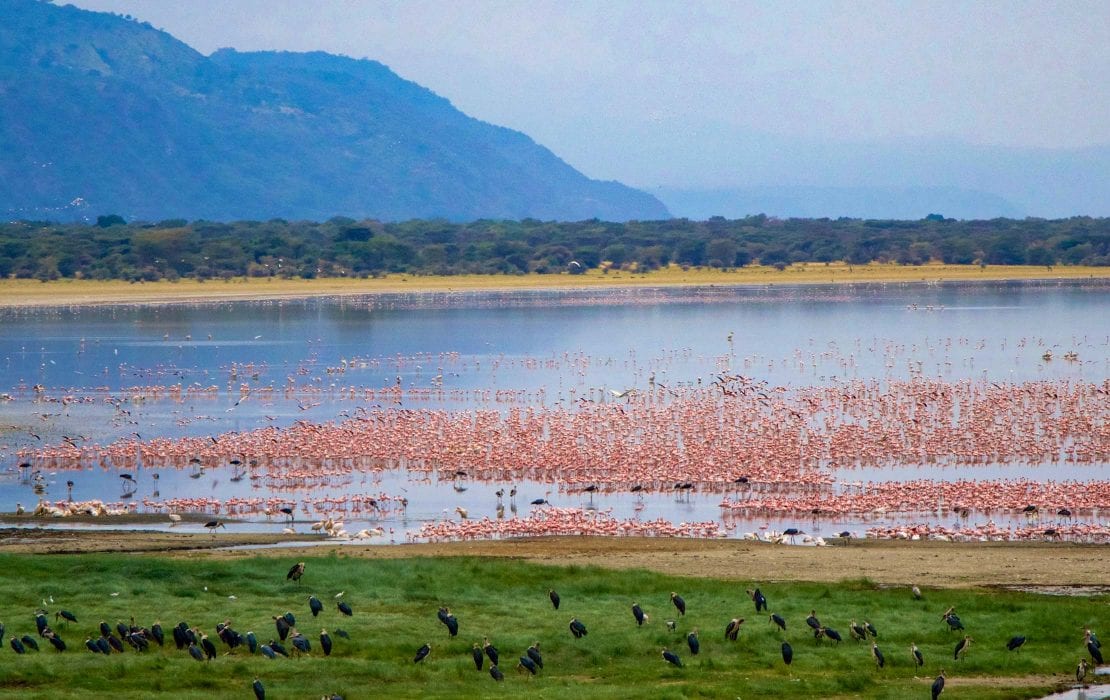Tanzania is home to some of the world’s most stunning and diverse national parks, offering visitors an opportunity to experience the country’s abundant wildlife, natural beauty, and cultural heritage. As someone who loves adventure and exploration, I was excited to visit Tanzania’s national parks and discover what makes them so special. In this article, I will share my experience and insights about Tanzania’s national parks, a trip tailored by Pearl Africa tours.
Serengeti National Park

Serengeti National Park is Tanzania’s most famous and popular park, known for its incredible wildlife and the annual wildebeest migration. The park covers an area of 14,763 square kilometers and is home to more than 70 large mammal species and over 500 bird species. The best time to visit the park is from June to October, when the wildebeest migration takes place, but the park is open year-round.
During my visit to Serengeti, I was amazed by the sheer number of animals that roam the park. From majestic lions to graceful giraffes and massive elephants, the park is a paradise for wildlife enthusiasts. I also had the chance to witness the great wildebeest migration, which is one of the world’s most spectacular natural events. It was a truly unforgettable experience to see thousands of wildebeest, zebras, and other herbivores crossing the Mara River, while crocodiles and other predators waited in the water.
Ngorongoro Conservation Area

Ngorongoro Conservation Area is a UNESCO World Heritage Site and home to the world’s largest unbroken caldera, the Ngorongoro Crater. The park covers an area of 8,292 square kilometers and is home to over 25,000 large mammals, including the endangered black rhinoceros. The best time to visit the park is from June to September, but the park is open year-round.
During my visit to Ngorongoro, I was struck by the breathtaking views of the crater and the abundance of wildlife that call it home. The crater is home to a diverse range of animals, from wildebeest and zebras to lions and elephants. I also had the opportunity to see the endangered black rhinoceros, which was a highlight of my visit.
Tarangire National Park

Tarangire National Park is a lesser-known park but is still one of Tanzania’s most beautiful and diverse parks. The park covers an area of 2,850 square kilometers and is home to a large elephant population, as well as a variety of other wildlife, including lions, leopards, and cheetahs. The best time to visit the park is from June to October, but the park is open year-round.
During my visit to Tarangire, I was struck by the beauty of the park and the abundance of wildlife that call it home. The park is known for its large elephant herds, which are a joy to watch as they wander through the park. I also had the opportunity to see a variety of other wildlife, including lions, leopards, and cheetahs, which made my visit to the park truly unforgettable.
Lake Manyara National Park

Lake Manyara National Park is a small but beautiful park located near the town of Arusha. The park covers an area of 330 square kilometers and is home to a variety of wildlife, including elephants, giraffes, hippos, and baboons. The park is also known for its tree-climbing lions, which are a unique sight to see. The best time to visit the park is from June to September, but the park is open year-round.
During my visit to Lake Manyara, I was amazed by the park’s natural beauty and the variety of wildlife.
I was amazed by the park’s natural beauty and the variety of wildlife that call it home. The park’s main attraction is the alkaline lake, which is home to thousands of flamingos and other water birds. The lake is a sight to behold, with its shimmering pink waters contrasting against the lush greenery of the surrounding forests with algae that is the main food for the flamingos.
One of the park’s unique features is the tree-climbing lions, which are known to climb trees in search of prey or to escape the heat of the ground. It was a surreal experience to see these majestic predators perched high up in the trees, watching over the park below.
Another highlight of my visit to Lake Manyara was the abundance of baboons and monkeys that roam the park. These mischievous primates were a joy to watch as they played and interacted with each other. I also had the opportunity to see herds of elephants and giraffes, which are some of the park’s other popular attractions.
In addition to its wildlife, Lake Manyara National Park is also home to a diverse range of vegetation, including dense forests, grasslands, and swamps. The park’s lush forests are home to a variety of bird species, including the colorful turacos and hornbills.
Overall, Lake Manyara National Park is a must-visit destination for anyone traveling to Tanzania. Its natural beauty, unique wildlife, and diverse vegetation make it a truly unforgettable experience. Whether you’re a wildlife enthusiast, nature lover, or just looking for an adventure, Lake Manyara National Park is sure to exceed your expectations.

